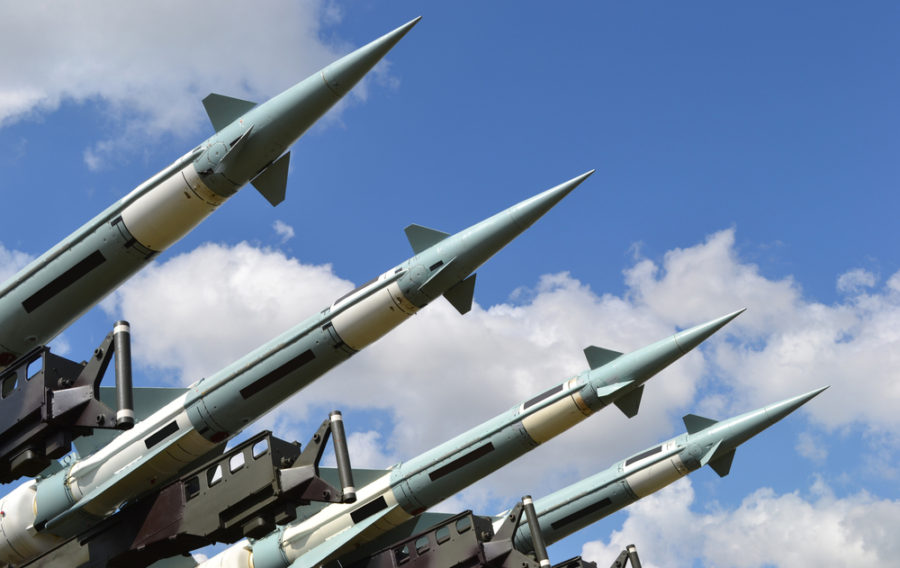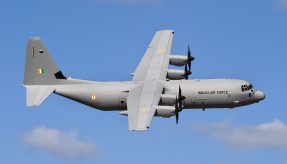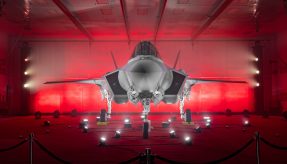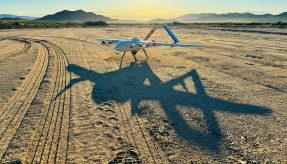
The US Army recently declared Initial Operational Capability (IOC) for the Lockheed Martin PAC-3 Missile Segment Enhancement (MSE) interceptor.
The PAC-3 Missile is a high-velocity interceptor that uses hit-to-kill technology to defend against incoming threats including tactical ballistic missiles, cruise missiles and aircraft. The US Army selected PAC-3 in 1994 to increase the intercept capability in the heritage Patriot system against tactical ballistic missiles. In 2003, Lockheed Martin received a contract to increase the altitude and range of the PAC-3 missile. PAC-3 MSE achieved Milestone C in early 2014 and Lockheed Martin received the first US contract that same year.
PAC-3 MSE includes a larger, more powerful dual-pulse solid rocket motor for added thrust, along with larger fins and other structural modifications to increase agility. These enhancements nearly double the PAC-3’s reach and dramatically improve performance against evolving threats.
As a world leader in systems integration and development of air and missile defence systems and technologies, Lockheed Martin delivers high-quality missile defence solutions that protect citizens, critical assets and deployed forces from current and future threats. The company’s experience spans missile design and production, infrared seekers, command and control/battle management, together with communications, precision pointing and tracking optics, radar and signal processing, as well as threat-representative targets for missile defence tests.
Scott Arnold, Vice President of PAC-3 programmes at Lockheed Martin Missiles and Fire Control, said: “This is an extremely significant milestone in the maturity of our PAC-3 MSE interceptor, providing the warfighter with a more advanced hit-to-kill interceptor against the full spectrum of lower-tier threats. PAC-3 MSE reaching IOC is important because it gives our soldiers an operational capability against imminent threats.”
If you would like to join our community and read more articles like this then please click here
Initial Operational Capability interceptor IOC Lockheed Martin Missile Segment Enhancement PAC-3 programmes Scott Arnold US Army Vice President







